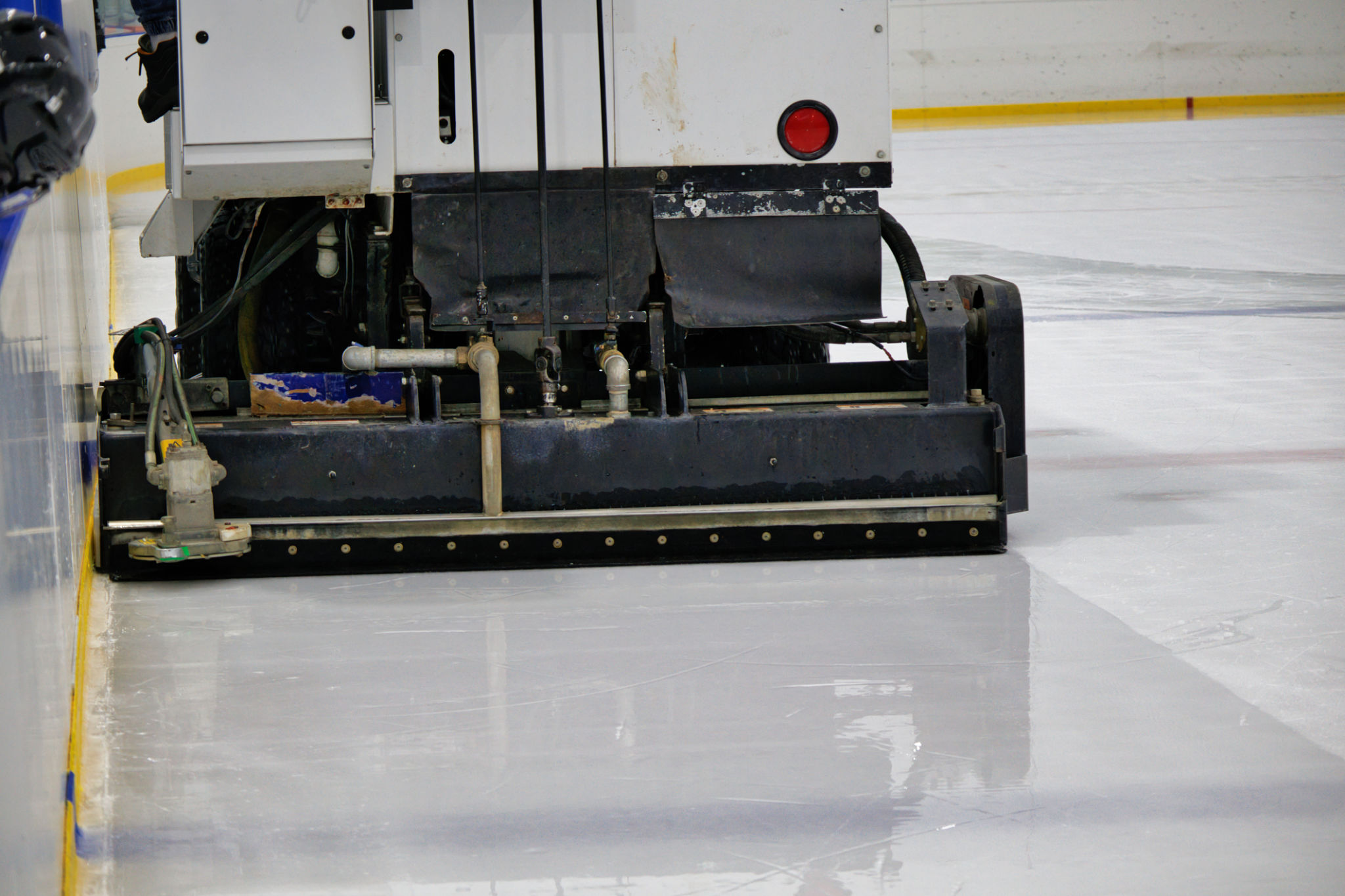Winter Home Painting Tips: How to Protect Your Paint Job in Cold Climates
Understanding the Challenges of Winter Painting
Painting your home during winter can be tricky, especially in cold climates where temperatures often drop below freezing. Cold weather can affect the paint’s ability to adhere properly, leading to issues like peeling and cracking. However, with the right techniques and materials, you can achieve a durable and attractive finish even during the colder months.

Choosing the Right Paint
One of the most crucial steps in winter painting is selecting the right type of paint. Look for paints specifically formulated for cold weather, as these contain additives that help them cure properly in lower temperatures. Acrylic latex paints are generally a good option, as they are flexible and can endure temperature fluctuations.
Before purchasing, always check the paint can label for the minimum temperature rating to ensure it will work in your climate. Typically, paints designed for winter use can be applied at temperatures as low as 35°F (1.7°C). This ensures that the paint will dry and cure correctly, even when it's chilly outside.
Preparing Your Surfaces
Proper surface preparation is essential for any painting project, but it's even more critical during winter. Start by cleaning the surfaces thoroughly to remove dirt, dust, and any existing flaking paint. Use a mild detergent and a stiff brush for exterior surfaces to ensure they are clean and ready to receive a new coat of paint.

After cleaning, make sure the surfaces are completely dry before you begin painting. Moisture trapped beneath the paint can cause bubbling and peeling once the temperature rises. Consider using a moisture meter to verify that surfaces are adequately dry.
Timing and Weather Considerations
When painting in winter, it’s crucial to plan your project around the weather forecast. Aim to paint on days when temperatures are above the minimum recommended level for your paint and when there is no rain or snow expected for at least 24 hours.
- Paint during midday when temperatures are at their peak.
- Avoid painting late in the afternoon as temperatures begin to drop.
- Check humidity levels; low humidity is preferable for paint curing.

Applying Paint with Care
When it comes to application, apply thinner coats of paint rather than a single thick one. Thinner coats dry faster and are less likely to be affected by fluctuating temperatures. Additionally, using high-quality brushes or rollers will help ensure an even application without streaks.
Be patient between coats. In cold weather, each coat will take longer to dry, so allow ample drying time according to the manufacturer's recommendations. Rushing the process can lead to poor adhesion and an unsatisfactory finish.
Final Touches and Maintenance
Once your painting project is complete, take steps to maintain your new paint job through the cold season. Regularly inspect your painted surfaces for any signs of damage or wear, especially after severe weather conditions. Address any issues promptly to prevent further deterioration.
Additionally, keep gutters and downspouts clear of debris to prevent water from pooling against your painted surfaces, which can cause damage over time. By taking these precautions, you can ensure that your winter painting project remains beautiful and resilient throughout the season.
